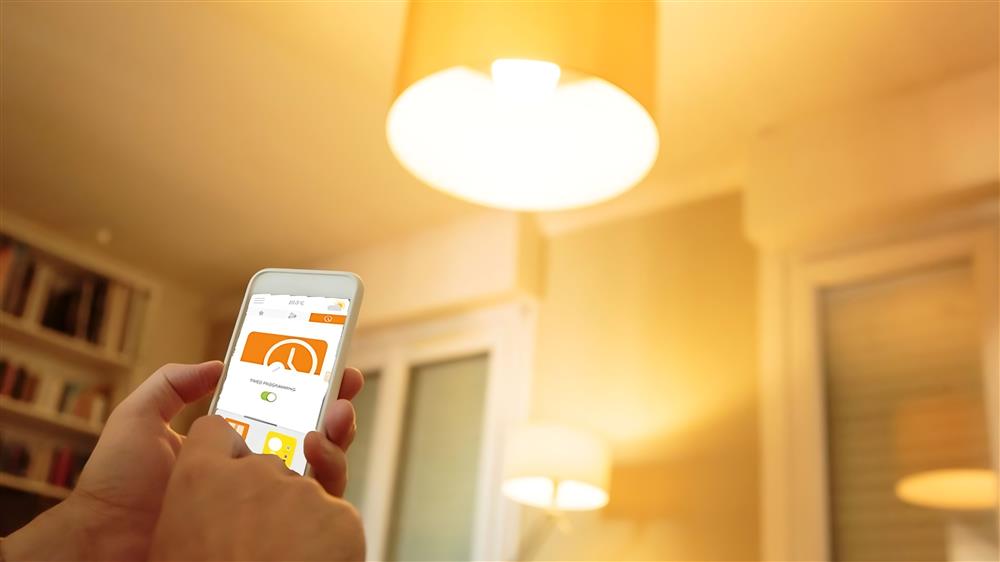
Do smart lights use a lot of electricity? The truth is, many homeowners worry that adding smart features might increase their electricity bill. But the reality is quite the opposite. Smart lighting is designed not only to be energy-efficient but also to give you more control over how and when you use electricity. That means you can enjoy better lighting experiences while keeping costs low.
So why does this matter? Electricity bills are one of the main concerns for households today, especially as energy prices rise. Choosing the right lighting can help reduce unnecessary costs while creating a more comfortable, convenient, and sustainable lifestyle. Let’s look at five important points that explain whether smart lights actually use a lot of electricity.
Smart Lights Use LED Technology
Most smart lights, including YEELIGHT products, are built with LED technology. LEDs consume far less energy compared to traditional incandescent or fluorescent bulbs. For example, a 10W smart LED bulb can give the same brightness as a 60W incandescent bulb. This means you get the same light output while using up to 80% less electricity. In other words, the smart features are just a bonus on top of already efficient technology.
Minimal Standby Power
Smart lights indeed remain connected to Wi-Fi or Bluetooth even when they’re turned off, but the standby power they use is extremely small. On average, the standby consumption is less than 1 watt, which has almost no noticeable effect on your bill. To put it into perspective, leaving one smart bulb in standby for an entire year might cost only a few cents in electricity. That’s a very small trade-off for the convenience of controlling your lights from your phone or through voice commands.
Energy-Saving Automation
One of the strongest benefits of smart lighting is automation. With smart schedules or motion sensors, lights can turn off automatically when no one is in the room. For example, a Yeelight Pro setup in a living room can be programmed to dim at night or turn off when the family goes upstairs to bed. This prevents unnecessary electricity usage and ensures you’re only paying for the light you actually need.
Adjustable Brightness and Color
Smart lights are dimmable and allow you to adjust brightness levels or even switch to warmer tones. Using lights at 50% brightness can cut electricity consumption by half, without sacrificing comfort. Imagine working in your study with a cool white light at full brightness, then switching to a soft warm glow at night for relaxation. Both settings use only the power required for the moment, which means lower energy bills overall.
Long Lifespan Reduces Waste
Another point often overlooked is the long lifespan of smart LEDs. A quality smart bulb can last up to 25,000 hours, compared to 1,000 hours for a traditional incandescent bulb. This reduces not just your replacement costs but also the total amount of energy used in producing and disposing of multiple traditional bulbs. Over time, this makes smart lighting an environmentally friendly and cost-effective option.
Do smart lights consume a lot of electricity? The answer is no. In fact, they use far less than traditional lighting while giving you smarter control over how you use energy at home. With LED technology, low standby power, smart automation, adjustable brightness, and a long lifespan, smart lights are a clear win for both your wallet and the environment.
Discover how smart lighting can transform your home while keeping your energy bills low.
Visit the YEELIGHT Malaysia page to explore the full range of smart lighting options, and schedule a visit to our Copper Connect showroom for a FREE consultation and LIVE demonstration!
